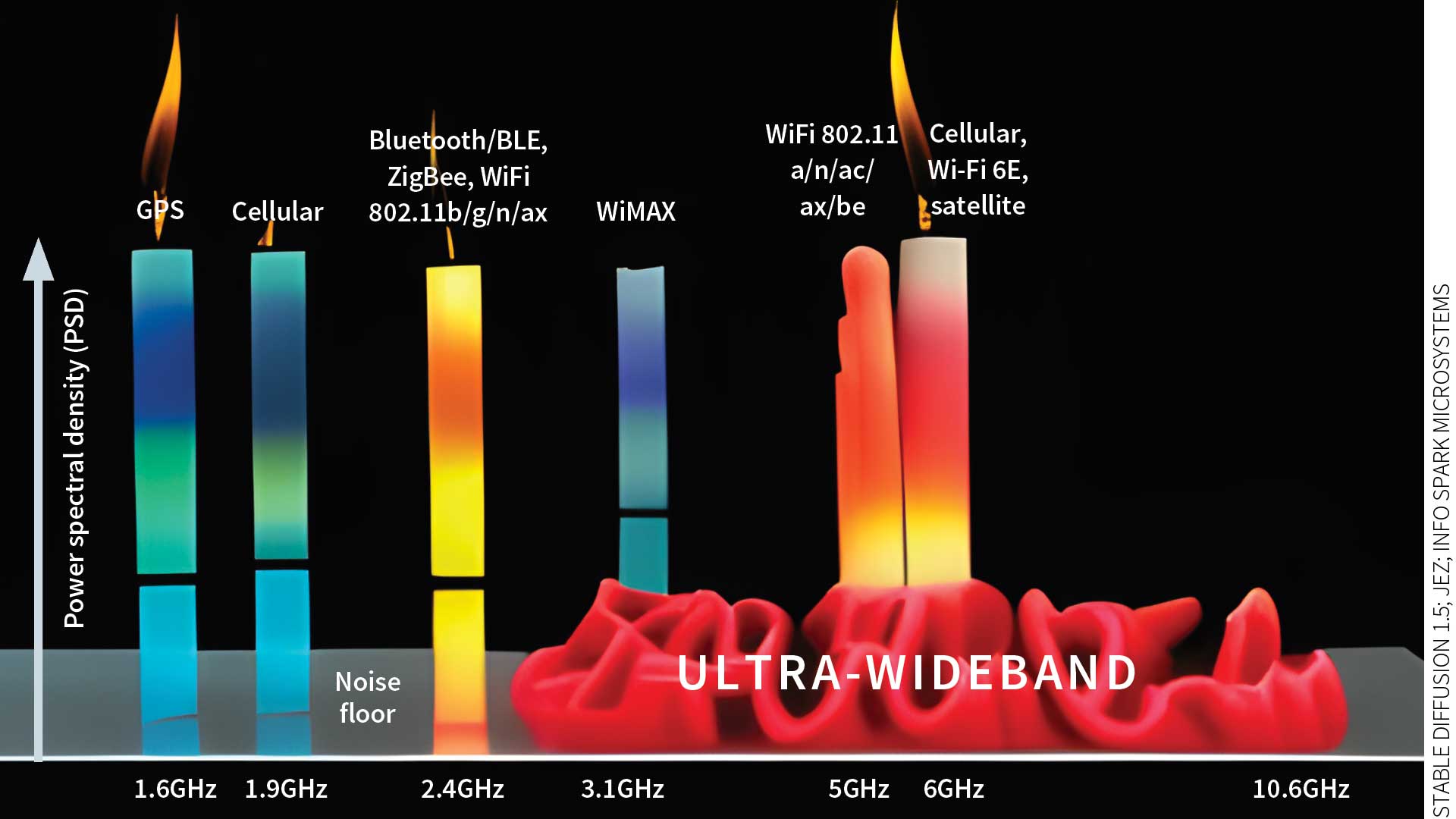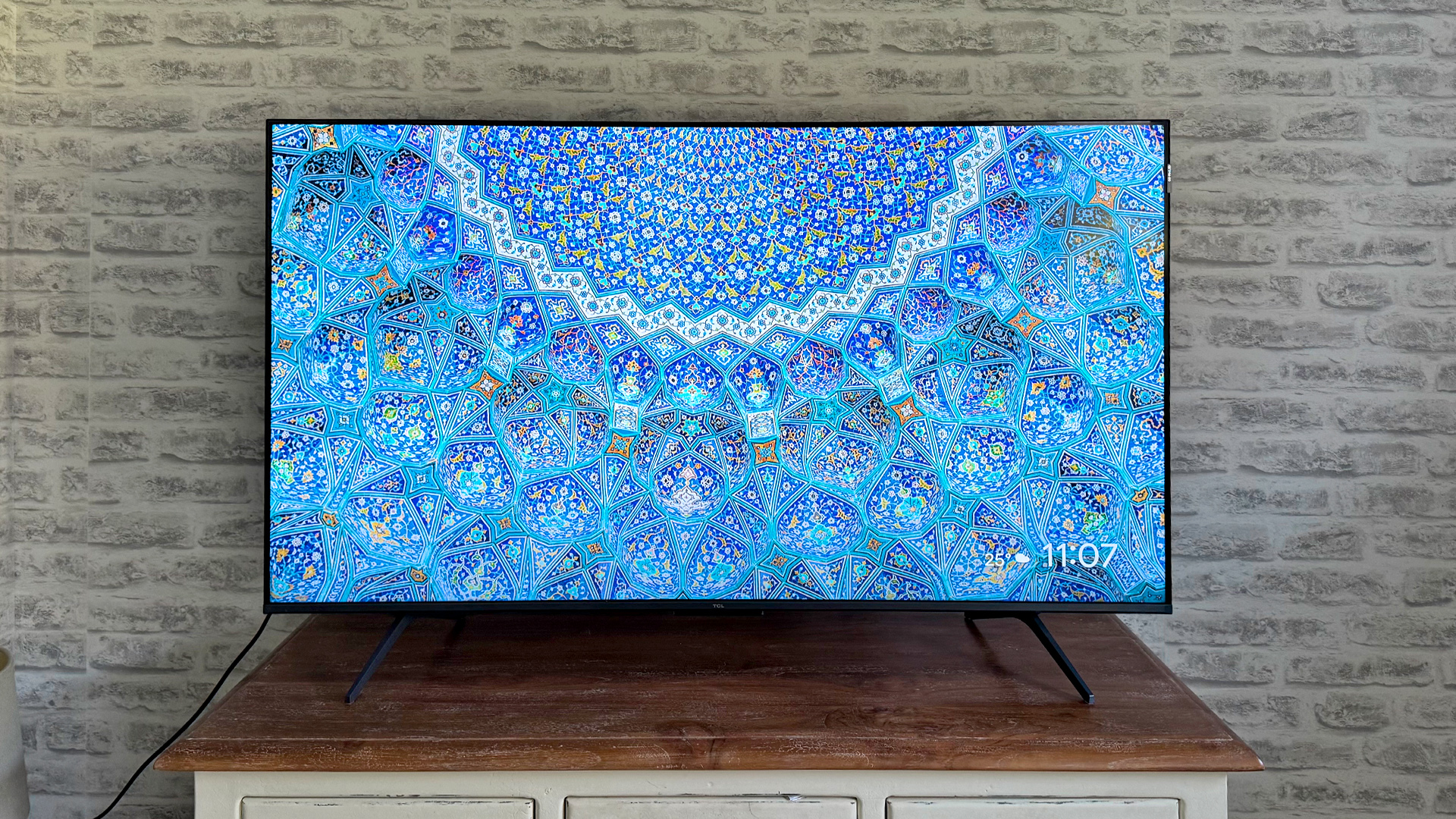Will UWB change the world of headphones? Because Bluetooth can't
Bluetooth cannot transmit lossless high-res audio. Ultra-Wideband can.
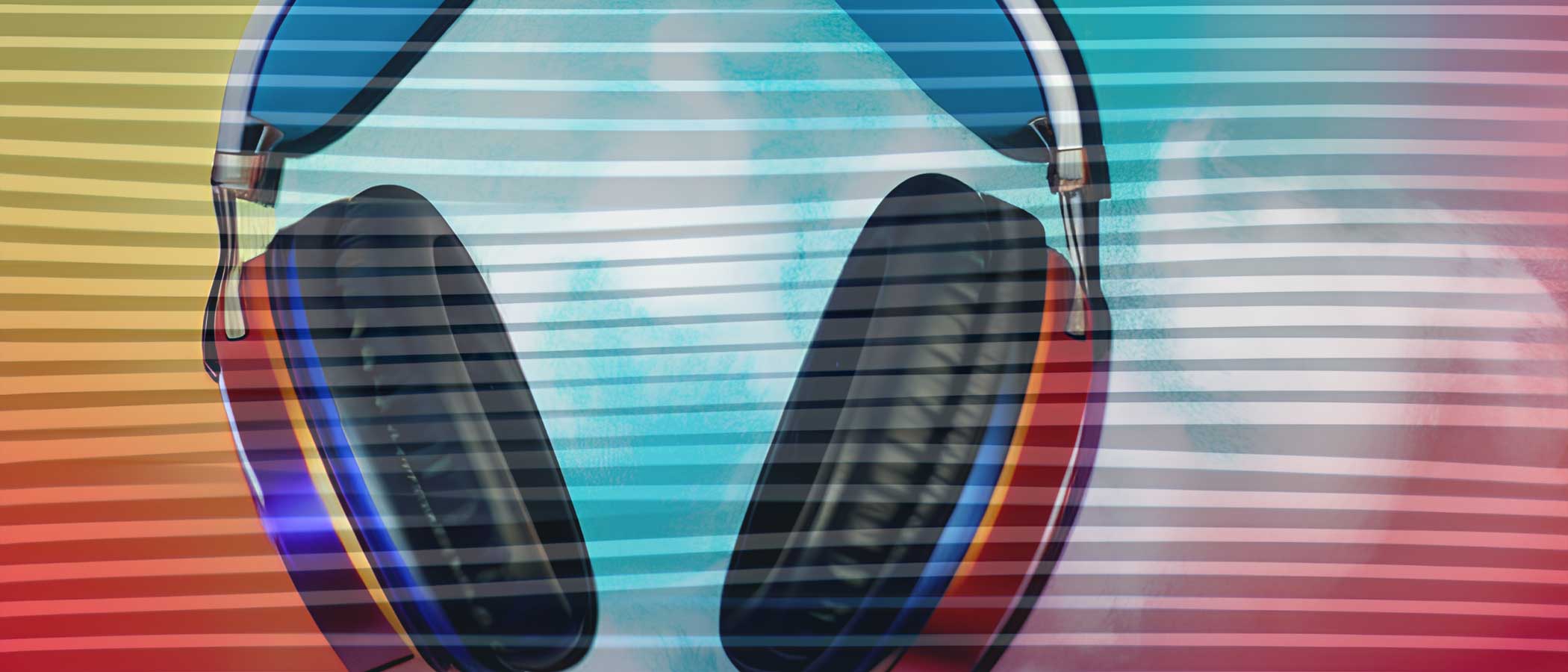
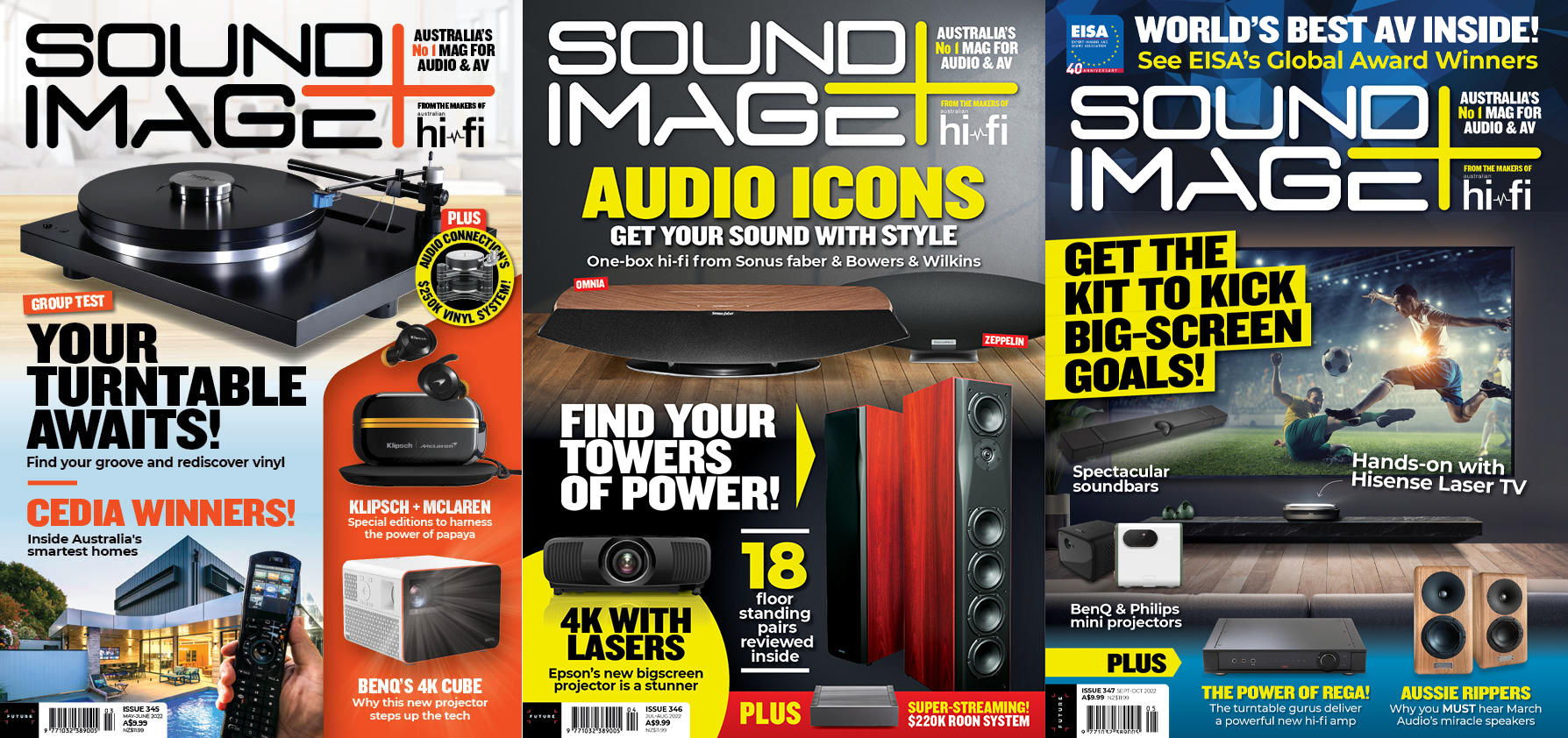
This feature originally appeared in Sound+Image magazine, Australian sister publication to What Hi-Fi?. Click here for more information on Sound+Image, including digital editions and details on how you can subscribe.
First up: can we please all agree that there is no such thing as lossless high-res audio via Bluetooth. Bluetooth just isn’t fast enough to carry the required data rate.
Indeed I can simplify and say there is just no high-res Bluetooth full stop. For my money, high-res audio (by which I mean above CD quality) must be lossless to be genuinely high-res. Otherwise, you’re throwing away bits of the signal, and the whole point of high-res is not to throw stuff away.
aptX HD is not remotely high-res. LDAC is lossy high-res. aptX Lossless can achieve lossless CD quality but not unless your signal strength is near-perfect (and certainly not through the new low-power LE version of Bluetooth).
None of them can do high-res Bluetooth, because it can’t be done under today’s Bluetooth standards.
Don’t get me wrong. All these codecs can sound great. Under demonstration circumstances, they really can sound indistinguishable from CD quality and high-res. Sony’s Chief Sound Architect once told me that their own engineers can neither hear nor measure the difference between upscaled 256k files and high-res*.
And there’s even that notion still sloshing around the backs of our heads that the frequency part of high-res goes beyond the limits of hearing, so really what’s the point? (High-res by bit-depth, though, undeniably provides more useful detail.)
*I should note that this referred specifically to files upscaled through Sony’s DSEE upscaler.
The latest hi-fi, home cinema and tech news, reviews, buying advice and deals, direct to your inbox.
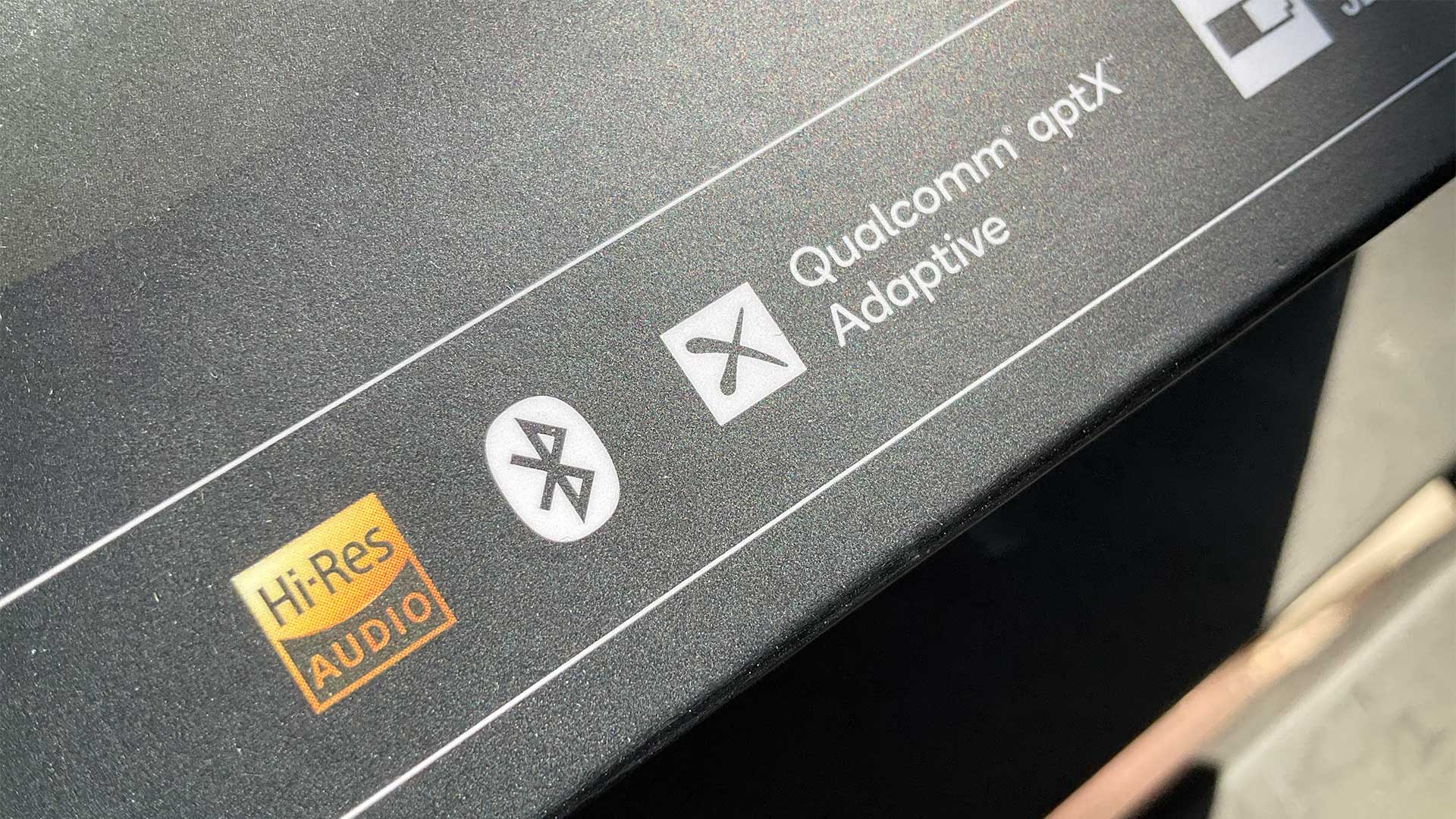
‘Hi-Res Audio’ and ‘Hi-Res Wireless’
But wouldn’t it look great if companies could put a ‘Hi-Res’ logo on their wireless headphone packaging? This started happening around 2016 (it’s what set off my conversation with Sony), and you still see these logos on wireless headphones, but whenever I read the fine print, the logo rather laughably refers only to listening through a cable, not wirelessly. Everything’s high-res through a cable! But how many people are going to buy wireless headphones with ‘Hi-Res’ on the box intending to use it with a cable?
So my view is that manufacturers really shouldn’t put high-res or ‘hi-res’ on a box of Bluetooth headphones; it’s borderline misrepresentation.
This has been further complicated (or potentially eventually clarified) by the Japan Audio Society creating a logo which says ‘Hi-Res Wireless’. To be certified for this logo, codecs must be capable of delivering frequencies up to 40kHz and supporting 24-bit/96kHz.
I had always presumed that the criteria did not require these to be losslessly achieved, since LDAC and LHDC have been awarded this badge, both ostensibly Bluetooth technologies. And for the same reason I'd assumed it covered Bluetooth products.
But two new recipients of the badge may now indicate otherwise.

SCL6, aka MQair
The two new transmission methods/codecs gaining the Japan Audio Society's 'Hi-Res Wireless' badge are LC3plus (from Fraunhofer IIS, the inventors of MP3), and SCL6, which is otherwise or formerly known as MQair.
SCL6 has recently emerged from the people who brought you MQA, which originally emerged from the people who brought you Meridian, with all its various technologies, including the lossless compression method used in Dolby TrueHD and DVD-Audio. So a good track record there.
MQA’s SCL6 has hit the hi-fi headlines twice recently – firstly at its own launch, with demonstrations given to tech journalists up at MQA HQ in the UK.
Then secondly because SCL6 will feature in the newly announced headphones from Paul Barton’s PSB Speakers in Canada (under Lenbrook, with NAD and Bluesound).
From the stories written around these two events, you might think SCL6 was claiming to be able to do bit-perfect (i.e. lossless) high-res via Bluetooth; our UK team left SCL6’s demonstration event under that impression.
But the maths belies it; the Bluetooth pipe is just not wide enough. It would require lossless compression more than twice as effective as anyone in the world has ever invented. I have a high opinion of Meridian’s past efforts (if not so much MQA), but not that high.
I say again, there can be no such thing as true lossless high-res Bluetooth under current versions of Bluetooth, including (especially, indeed) the new Bluetooth LE.
So looking closer, what’s going on?
There were some crucial clues back on the launch pages of the PSB headphones and SCL6 itself.
Firstly: “Developed by industry veteran and MQA founder, Bob Stuart, SCL6 ensures high-resolution sound even at low data rates.”
That’s fine; no argument with someone claiming to achieve a better sound at lower bit-rates. Heck, that’s exactly what we’re going to need if headphones start defaulting to the new awful-for-audio ‘Bluetooth LE’ which is rapidly gaining traction. (LE = Low Energy, always the priority for Bluetooth, but Low Energy = Low Bit-rate = Low Quality Audio.)
But then this description of SCL6 on MQA’s site: “the technology supports both MQA and PCM audio up to 384kHz, and the encoded data rate can be scaled seamlessly from 20Mbps to below 200kbps, covering Bluetooth, Ultra-Wideband (UWB) and WiFi links.”
So there’s the crucial information – for high-res SCL6, you’ll need up to 20Mbps bit-rate. And if my maths is right, uncompressed stereo 32-bit/384kHz is 24.6Mbps, so at the top end of SCL6 the compression certainly seems minimal, and it could work losslessly with no problems.
But not through Bluetooth, no way! Nobody manages more than 1.5Mbps through Bluetooth in the real world; 1.2 to 1.3Mbps is the target for aptX Lossless to achieve lossless CD quality, says Qualcomm’s Snapdragon team, though it will drop to lossy lower levels in a busy wireless environment (which is pretty much everywhere these days).
So how can we really get real true lossless Hi-Res Wireless?
As the MQA page says: by scaling to Ultra-Wideband (UWB) and Wi-Fi links.
Wi-Fi has been tried many times on headphones, right back to the days of Kleer used on Sennheiser’s early digital wireless TV headphones – and even back then it could manage CD quality.
But Wi-Fi is power-crazy compared with Bluetooth; think about what happens to your battery life if you leave your Wi-Fi hotspot on by mistake. Wi-Fi headphones wouldn’t last the day, and if your phone is sending the Wi-Fi, nor would your phone.
So Wi-Fi, by today’s standards anyway, is no good for out-and-about mobile headphones, and has limited use even in the home. Which leaves…

UWB – Ultra Wide Band
UWB ticks all the boxes: it’s low power and can achieve a higher bit-rate than Bluetooth, though exactly how high in the real world remains to be proven.
And the remarkable thing is that loads of phones are already using UWB: iPhones 11 through to 14, Pixels 7 Pro and 8 Pro, and a host of Galaxys have had UWB in them.
But UWB is used in those phones for accurate location finding, because UWB can time how long signals take to get places, giving actual distances between devices, something Bluetooth can't work out. (Also notable, UWB is banned in a few countries, lest it interferes with other pulse-based technologies; Apple maintains a list here.)
Why has UWB never before been considered for headphones?
Because of body blocking problems. This is common to the other bands as well, whether sub-gigahertz, 2.4GHz (Bluetooth), 5GHz (Wi-Fi) or 6.5GHz (UWB). Other things block wireless frequencies too, but for headphone use, it’s the body-blocking effect that has scuppered UWB as a useful frequency upgrade.

AntennaWare & BodyWave
Until now. Enter AntennaWare. We met this company in issue #348 of Sound+Image magazine (print & digital issues only; sorry What Hi-Fi? readers). It was during an interview with Jonny McClintock, who was formerly the Commercial Director of aptX – he saw the various aptX codecs from their beginnings at Queens University Belfast, all the way to being part of giant Qualcomm. Indeed he was, as we headlined the article, “The man who took the hyphen out of apt-X.”
Funnily enough, AntennaWare originates from the same university, Queen’s University Belfast. And Jonny McClintock is now its Commercial Director.
“I listened to their pitch of claiming up to 20dB of improved RF performance for body-worn applications,” he told us, back in mid-2022. “At the time, I knew that there was an issue related to body blocking, which results in glitches. This needed to be addressed in either a longer buffer size – reducing the possibility of real-time applications – or by better RF topologies.
“Initially AntennaWare’s founders were looking at medical and automotive use, but I thought there had to be a benefit in audio, specifically for real-time applications, and perhaps digital wireless microphones, where glitching is the singularly the worst sin that can be committed.”
The AntennaWare product is called BodyWave, ‘the only antenna specifically designed for wearables’.
This new antenna is what makes it possible for UWB to be implemented in headphones, achieving a higher bit-rate, and so potentially allowing a codec like SCL6 (but also others) to deliver true high-res wireless. Presto – a potential new age for audiophile wireless headphones.
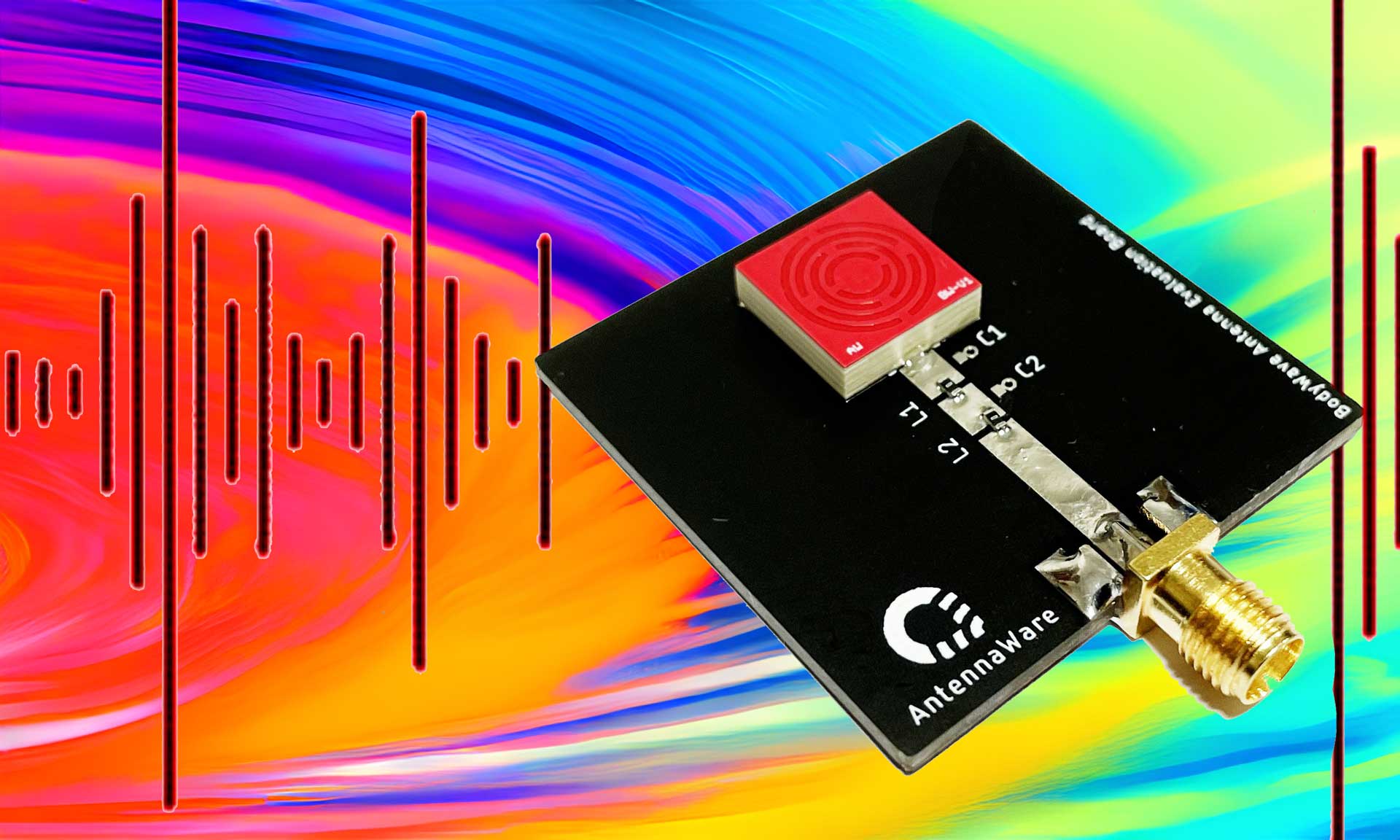
More from Jonny
Just to get it on the internet record, then, here’s what we asked Jonny McClintock about BodyWave in that interview. If it’s all down to the antenna configuration sending the signal, we asked whether BodyWave could work with new transmitters but existing headphones?
“Both transmitter and receiver can benefit from supporting BodyWave,” he explained, “but it's not an ecosystem where both sides need to support the technology. There will be improvements even if only one end supports BodyWave. I suppose this is one of the major differences in the challenges of deploying Bodywave versus aptX.”
We asked about power consumption: body blocking is traditionally addressed by upping the power to get the signal through reliably. Will the AntennaWare product require more power?
“There are power restrictions for both health and battery reasons,” said Jonny. “Adding BodyWave can either keep the existing power consumption figures and improve performance for robustness or distance, or deliver the same performance with a longer battery life.”
He was less forthcoming about precisely how BodyWave works. Waves go best around objects when their wavelength matches the object they’re going around. For human dimensions that would put the waves down around 300 to 1000Hz – audio territory. But that clearly doesn’t fit the UWB tech here, so how is BodyWave getting far smaller wavelengths to follow the surface? The answer here was brief.
“Now we're wandering into the IP of BodyWave which really only should be discussed under an NDA,” he replied. (And darn, I don’t sign NDAs.)
It’s important to note that BodyWave does not in itself provide more bandwidth. But it will ensure that in a harsh RF environment, audio won't drop out, which enables the previously problematic UWB to be used for audio.
Spark Microsystems
Another company in the UWB space is Spark Microsystems, a Canadian semiconductor company specialising in next-generation ultra-wideband. I was contacted (rather too briefly) by one of their engineers who had
read this very UWB piece, to which this section on Spark has now been added as an update.
‘Love your newsletter!” he said, enthusiastically. “Check out Spark! This is where it’s happening!”
Spark has a family of chips that use UWB to transmit data rates up to 10Mbps, and their demonstration headset achieves uncompressed CD quality and better; indeed at CES 2023 the headset was being used for demos of uncompressed 96kbps high-res transmission.
Spark also explains why its “patented SPARK UWB radio doesn’t interfere with other narrow-band radios such as Wi-Fi, BLE, Zigbee, Z-Wave and cellular bands” (see the chart above), explaining the fundamental differences between the impulse-based stream of UWB data, as compared with the modulated carrier frequency which is the basis for most narrow-band radio.
With no such reference carrier to be established between a UWB transmitter and receiver, UWB link initialisation can be far more rapid, while it also uses lower transmission power for a comparable signal, and achieves much improved latency: Spark’s chipsets promise between 3ms and 5ms audio latency.
Hence the company also sees its UWB technology as being highly applicable to gaming (it had a UWB mouse at CES), and of course to VR, ER and AR headsets. We gather that Swedish watch innovator Platonum has chosen Spark’s UWB technology for the company’s first series of ‘Deep Augment’ smart watches.
For audio applications, meanwhile, Spark says UWB offers higher data rates and better robustness than other short-range wireless solutions, ultra-low latency when playing games or watching videos, imperceivable delays on conference calls, and – because of the lower power operation – longer listening times and less charging.
I’ve asked Spark about actual product lines beyond the watch, about how they overcome body blocking, and more; nothing has come back yet. But we recently learned of a pair of wireless speakers that will use Spark's technology to achieve 24-bit/96kHz transmission between the primary and secondary speakers; we'll add more here when the embargo lifts. Meanwhile watch our upcoming Sound+Image news for further updates on the intriguing Spark UWB ecosystem.
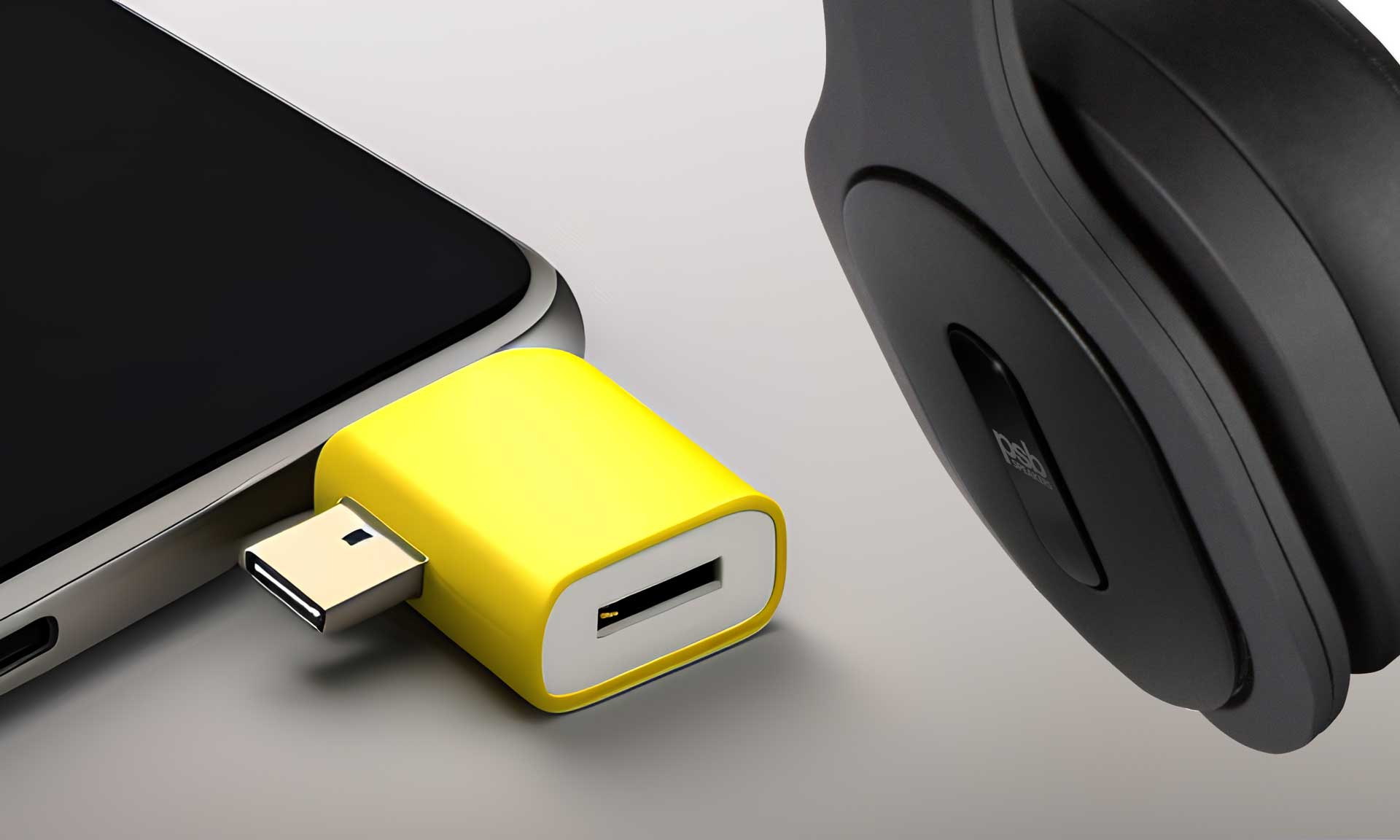
Those PSB headphones...
So let’s circle back to those forthcoming PSB headphones (which Mr Barton himself of PSB informs me are still "a way off").
Now we see that it’s not so much SCL6 which is of interest here; that’s almost a distraction. SCL6 claims to sound better at low bit-rates, but it doesn’t help in itself to achieve the required jump in bandwidth. MQA has now confirmed this to our UK team, telling us that SCL6 will (at best) do lossless 16-bit/44.1kHz through Bluetooth. Even then it moves into lossy territory if the connection cannot sustain data rates of at least 700kbps.
So high-res lossless is definitely off the menu via Bluetooth using SCL6 or anything else – but of course, those PSB headphones will have more than Bluetooth.
The magic pill here is UWB, and the enabler of UWB is BodyWave from AntennaWare.
We’ve just heard from Mr McClintock specifically on the PSB headphones.
“It's UWB that provides the magic for data throughput,” he confirms, “and can support 24/96 Linear PCM i.e. no compression. UWB has many properties but unfortunately is subject to detuning when placed close to a body, human or otherwise, and it's AntennaWare's BodyWave that addresses this problem and enables UWB to deliver what it promises.”
Note 24/96 'PCM', no clever codec required. With more bandwidth, any codec might go higher, so long as it’s built to allow a high-res input.
And I'm guessing this is what’s behind Japan Audio Society’s ‘Hi-res Wireless’ logo: it’s being awarded to codecs (not products) which can stretch to 40kHz if they have the bandwidth available, and that doesn’t have to mean Bluetooth. That would make sense of their inclusion of LC3plus, which is entirely a non-Bluetooth codec (or so we thought, but Fraunhofer has recently contacted me for a chat, so we'll come back to this later).
If that's what the Japan Audio Society is doing, then they might make it far clearer, and also forbid the use of the logo on any products which don’t have the technology to deliver it. SCL6 may qualify for the logo, but SCL6 doesn't automatically make a product Hi-Res Wireless (any more than aptX Lossless through Bluetooth LE will ever actually be Lossless, which is another story).
So no logo on Bluetooth headphones with SCL6, please, but go ahead if the headphones have UWB capability and come with a dongle.
Back to dongles
A dongle? Yes, it’s all very well for PSB’s headphones to have UWB and BodyWave within them, but how will anybody send them a UWB signal? Our phones and tablets and laptops aren’t made for that yet, nor is pretty much anything else in the consumer world.
The answer seems likely to be something else which hasn’t been mentioned in the advance publicity – a dongle. Remember them?
“The UWB encoder will have to be supported most probably via a dongle,” Jonny McClintock tells us. “This is all a bit reminiscent of the early days of aptX and Bluetooth where Sennheiser was first out of the blocks with a dongle. It's where it starts before appearing natively in source devices.”
He is, he says, “comfortable with the journey that is in front of me…” And so he should be. He’s also closely involved with US company Sonical, and its radical CosmOS platform which “puts a computer in your ear” and envisages a world of headphone apps operating under the inspiring catchphrase ‘Headphone 3.0’.
The new PSB headphones are also the first planned to use this CosmOS 'Headphone 3.0', alongside UWB and BodyWave.
If these technologies succeed, and we certainly wish them luck, they could presage a genuine upgrade to what high-res fans have been seeking for so long – low-energy lossless high-res wireless, without compromise.
My thanks to those who have made contact since this article published, providing some excellent additional information, including that I might consider the potential of 6GHz Bluetooth in achieving higher bandwidths, as well as UWB. The numbers are unclear so far, but watch this space.
MORE:
The best wireless headphones you can buy
The 15 best Record Store Day releases 2023 – Pixies, T. Rex, The 1975 and more

Jez is the Editor of Sound+Image magazine, having inhabited that role since 2006, more or less a lustrum after departing his UK homeland to adopt an additional nationality under the more favourable climes and skies of Australia. Prior to his desertion he was Editor of the UK's Stuff magazine, and before that Editor of What Hi-Fi? magazine, and before that of the erstwhile Audiophile magazine and of Electronics Today International. He makes music as well as enjoying it, is alarmingly wedded to the notion that Led Zeppelin remains the highest point of rock'n'roll yet attained, though remains willing to assess modern pretenders. He lives in a modest shack on Sydney's Northern Beaches with his Canadian wife Deanna, a rescue greyhound called Jewels, and an assortment of changing wildlife under care. If you're seeking his articles by clicking this profile, you'll see far more of them by switching to the Australian version of WHF.
